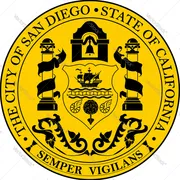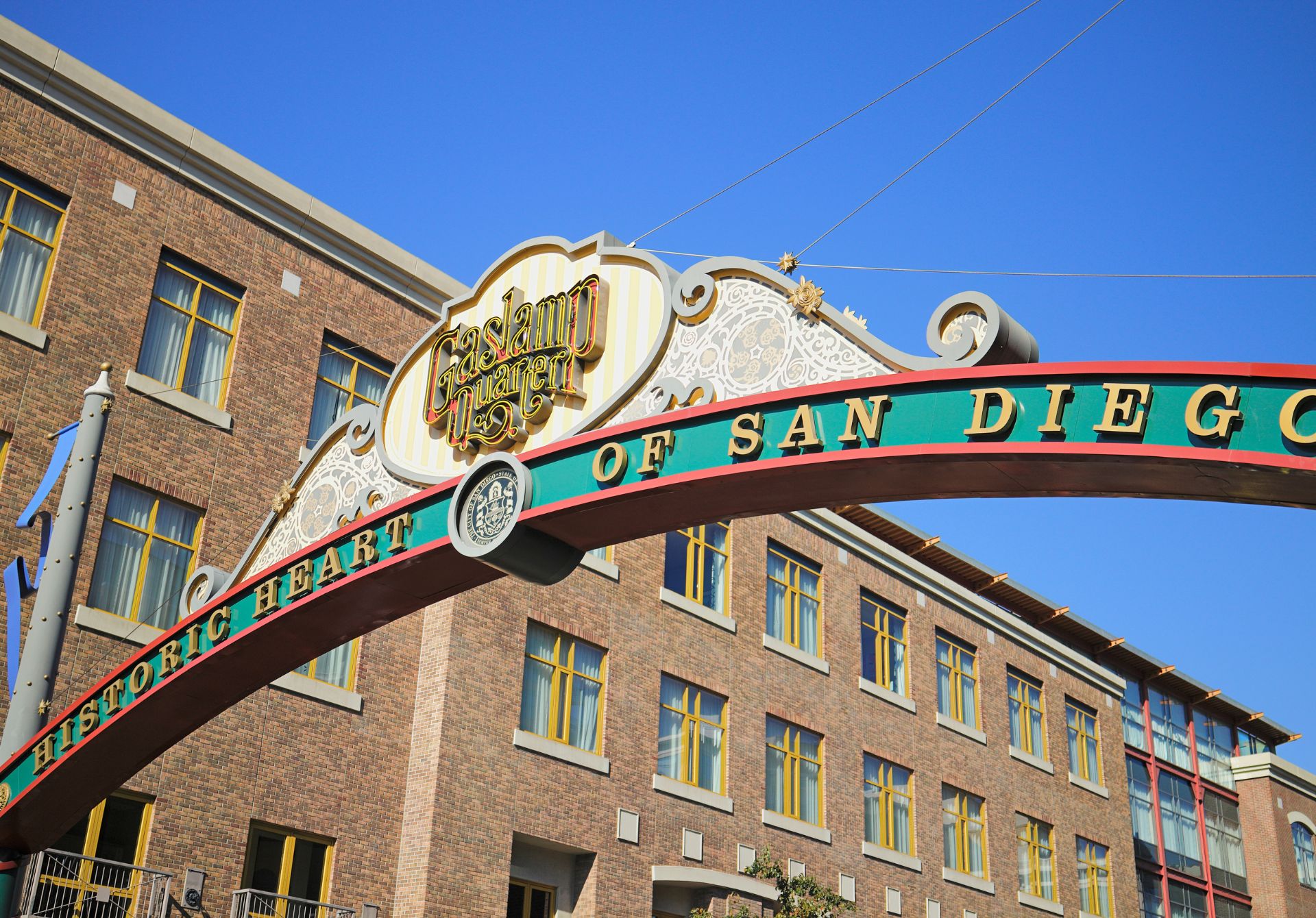Nestled in the heart of downtown San Diego, the Gaslamp Quarter stands as a testament to the city’s rich history and vibrant present. This 16-block historical neighborhood, spanning from Broadway to Harbor Drive, has transformed from a once-neglected area into a thriving hub of culture, entertainment, and culinary delights. In this article, we’ll explore the fascinating history, architectural wonders, and modern attractions that make the Gaslamp Quarter a must-visit destination for locals and tourists alike.
A Journey Through Time
From New Town to Victorian Splendor
The story of the Gaslamp Quarter begins in 1867 when Alonzo Horton purchased 800 acres of waterfront property with the vision of creating a new city center. This area, initially known as “New Town,” quickly grew into a bustling district. By the 1880s, grand Victorian-style buildings began to dot the landscape, many of which still stand today as a reminder of San Diego’s architectural heritage.
The Rise and Fall of the Stingaree
As the area developed, it gained a notorious reputation as the “Stingaree” district, named after a type of stingray found in San Diego Bay. From the 1890s to the 1930s, this red-light district was home to gambling halls, saloons, and brothels. Notable establishments included the Oyster Bar, owned by Wyatt Earp, which showcased the area’s wild west character.
Revitalization and Renaissance
The mid-20th century saw a decline in the area’s fortunes, with many historic buildings falling into disrepair. However, the 1970s marked the beginning of a remarkable transformation. In 1976, the Gaslamp Quarter was listed on the National Register of Historic Places, catalyzing preservation efforts and urban renewal projects. The name “Gaslamp Quarter” was chosen to evoke the gas lamps that once lit the streets, although most of the current lamps are electric replicas.
Architectural Marvels
Victorian Elegance
The Gaslamp Quarter boasts an impressive collection of Victorian-era architecture. Notable examples include: The Louis Bank of Commerce Building (1888): This ornate structure features a distinctive octagonal tower and intricate iron balconies. The Yuma Building (1888): Known for its unique corner turret and red-brick façade. The Spencer-Ogden Building (1874): One of the oldest surviving structures in the Gaslamp Quarter, showcasing Italianate style.
Adaptive Reuse and Preservation
Many historic buildings have been carefully restored and repurposed, breathing new life into these architectural gems. The Horton Grand Hotel, for instance, combines two 1886 structures that were dismantled and reconstructed brick by brick in the 1980s, creating a luxurious boutique hotel that honors its historic roots.
Modern Attractions and Entertainment
Culinary Delights
The Gaslamp Quarter has emerged as a culinary hotspot, offering over 100 restaurants within its boundaries. From fine dining establishments to casual eateries, the area caters to every palate. Notable restaurants include: Cafe 21: Known for its innovative farm-to-table cuisine and creative cocktails. Lionfish: A modern seafood restaurant that has garnered critical acclaim for its sustainable practices and innovative dishes. Rustic Root: Offering a rooftop dining experience with panoramic views of the Quarter.
Nightlife and Entertainment
As the sun sets, the Gaslamp Quarter comes alive with a vibrant nightlife scene. Some popular venues include: Fluxx: A high-energy nightclub featuring top DJs and elaborate themed nights. Prohibition: A speakeasy-style bar hidden behind a law office façade, offering craft cocktails and live jazz. The Shout! House: A dueling piano bar that provides interactive entertainment.
Cultural Attractions
The Quarter is home to several cultural institutions that add depth to its entertainment offerings: The Balboa Theatre: A restored 1924 vaudeville theater that now hosts concerts, comedy shows, and theatrical performances. The New Children’s Museum: Located just outside the Quarter, it offers interactive exhibits for young visitors. Annual events like the Mardi Gras parade and the Gaslamp Quarter Music Festival draw thousands of visitors each year.
Economic Impact and Future Prospects
The revitalization of the Gaslamp Quarter has had a significant economic impact on San Diego. According to a 2019 report by the San Diego Tourism Authority, the area attracts over 10 million visitors annually, contributing substantially to the city’s tourism revenue. The Quarter has also become a desirable location for businesses, with a mix of retail, hospitality, and tech companies calling it home.
Looking to the future, the Gaslamp Quarter continues to evolve. Plans for further development include: Enhanced pedestrian spaces and streetscapes to improve walkability Integration of smart city technologies to boost sustainability and visitor experience Continued preservation efforts to maintain the area’s historic character while accommodating modern needs
The Gaslamp Quarter stands as a shining example of urban revitalization done right. By preserving its rich architectural heritage while embracing modern amenities and attractions, it has become a vibrant, multifaceted neighborhood that captures the essence of San Diego’s past and present. Whether you’re a history buff, a foodie, or simply looking for a memorable night out, the Gaslamp Quarter offers something for everyone. As it continues to evolve, this historic district remains at the heart of San Diego’s cultural and economic life, promising exciting experiences for generations to come.

